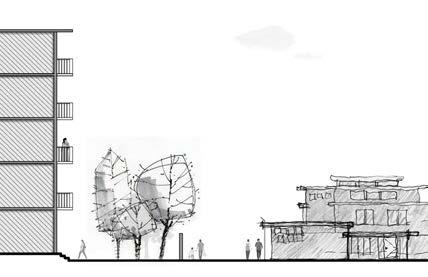
3 minute read
WEAVING AGRICULTURE INTO URBAN LAND-USE
from Work Profile
by Diksha Singh
Center For Food And Agriculture
Urbanisation is inevitable. And in the process of development the farmers are neglected and their source of income is lost. Both peri-urban and urban agriculture contribute to a regional dynamic that connects urban and rural residents in the pursuit of a sustainable food ethic.
Advertisement
Farmers markets connect people to local farmers, creating a sense of community between rural and urban. The proposed Center for Sustainable Food and Agriculture envisions a place where researchers, farmers and the community work for the economic, social, and ecological benefits of a regional food system
Location: Raj Nagar Extension, Ghaziabad, Uttar Pradesh
Institution / Mixed Use Development
Guide: Manas Murthy
4th Year THESIS | 2016
Academic | Individual
Chakkarpur village is a high density village with an approximate population of 16500 and an area of 34 ha., completely surrounded by diverse residential colonies and has no connection with the external city.
At its interface:
Small, low cost residence has positive interface with the village and use the shops in it. High end residence on the other hand make boundary walls to cut of access to the village.
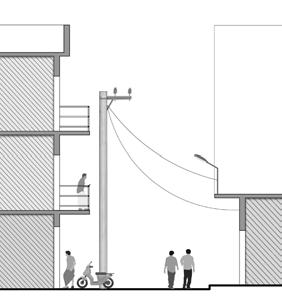
Jharsa village has an approximate population of 2500 and an area of 5.7 ha. and it acts as one of the link between planned residential neighborhoods around it and the main sector road. Most of the people, pass through the central street of village to go into surrounding residence
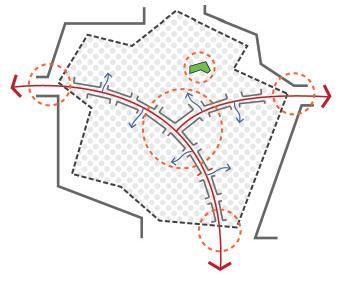
At its interface:
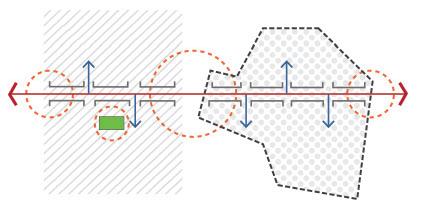
The central spine of the village is used by surrounding residence, it gives an opportunity to the village to cater to the needs of surrounding neighborhoods. A lot of grocery & other utility stores can be seen on the main street of the village
Sukhrali village has a population of 10,000 living in an area of 30 ha. Unlike any other village in Gurgaon, Sukhrali village has a major arterial road passing through it. The village is therefore well connected with the whole city and caters to the need of the whole city.
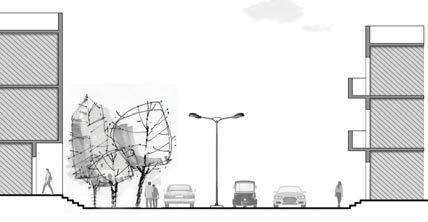
At its inter face:
There is destination market at the ground level with commercial floors over it. People from all over the city come to Sukhrali as it has variety of shops. Inside the village, there are lots of paying guest accommodations because of the good connectivity with the nearby IT hub.
The urban villages of developed cities were studied to understand their transformation over the years and problems faced by the people. This led me to select my site in per-urban area that is still under the process of urbanisation.
The site is located on the exterior of the town Ghaziabad. The Fertile Agriculture land is being converted to different land uses at a fast pace.
Ghaziabad has a strong foundation for food and agriculture awareness and hence makes for a fitting place to research Sustainable Metropolitan Urban Agriculture
The nature of metropolitan region agriculture can be planned or opportunistic, scattered or cohesive. Planning large tracts of land designated for agricultural use, as in the peri-urban farms surrounding Ghaziabad’s urban growth boundary, creates opportunities for large scale production in close proximity to the city, supporting a local economy with a strong rural-urban relationship in food production and consumption.
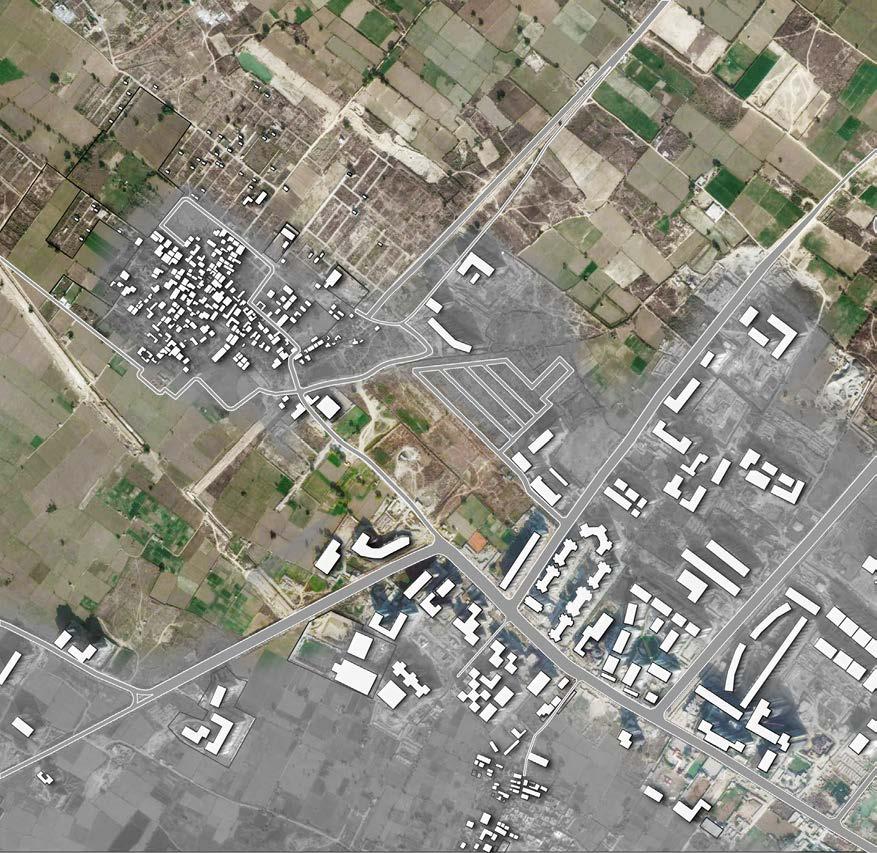
The even closer relationship of agriculture within dense urban environments creates the opportunity for a different scale of relationship: neighbor to neighbor, garden to restaurant, student to learning garden.
Integrated Green Spaces:The building directs its users out into nature in order to get to other offices or parts of the structure. The gardens act as an informal meeting space for researchers and consists of test beds.
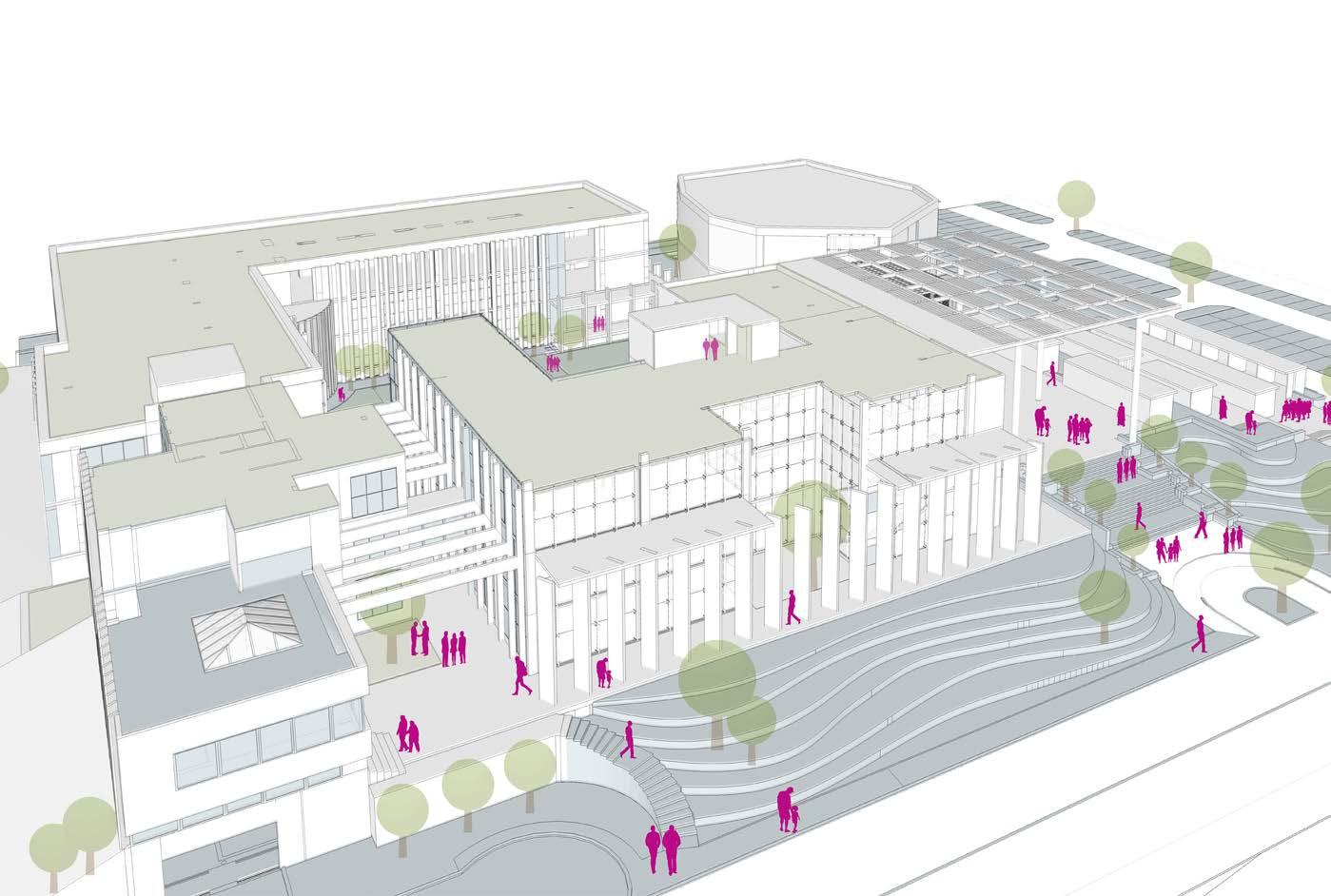
Massing:The building was designed not to dominate its rural setting, but to embrace the landscape, with all workplaces in direct contact with indoor and outdoor gardens.
Create a U-Shaped buildings that will frame indoor and outdoor farming areas, as well as retail spaces and distribution facilities.
• Market square where farmers can sell fresh produce;
• A farming demonstration area and accompanying classrooms;
• A kitchen incubator for startup catering and wholesale food businesses;
• A library
• Retail area for food trucks.
By providing outdoor educational and social spaces for visitors and the public, the plan simultaneously improves the local ecology, creates a campus identity, strengthens connectivity, and extends the campus’s growing conservation work in the region.
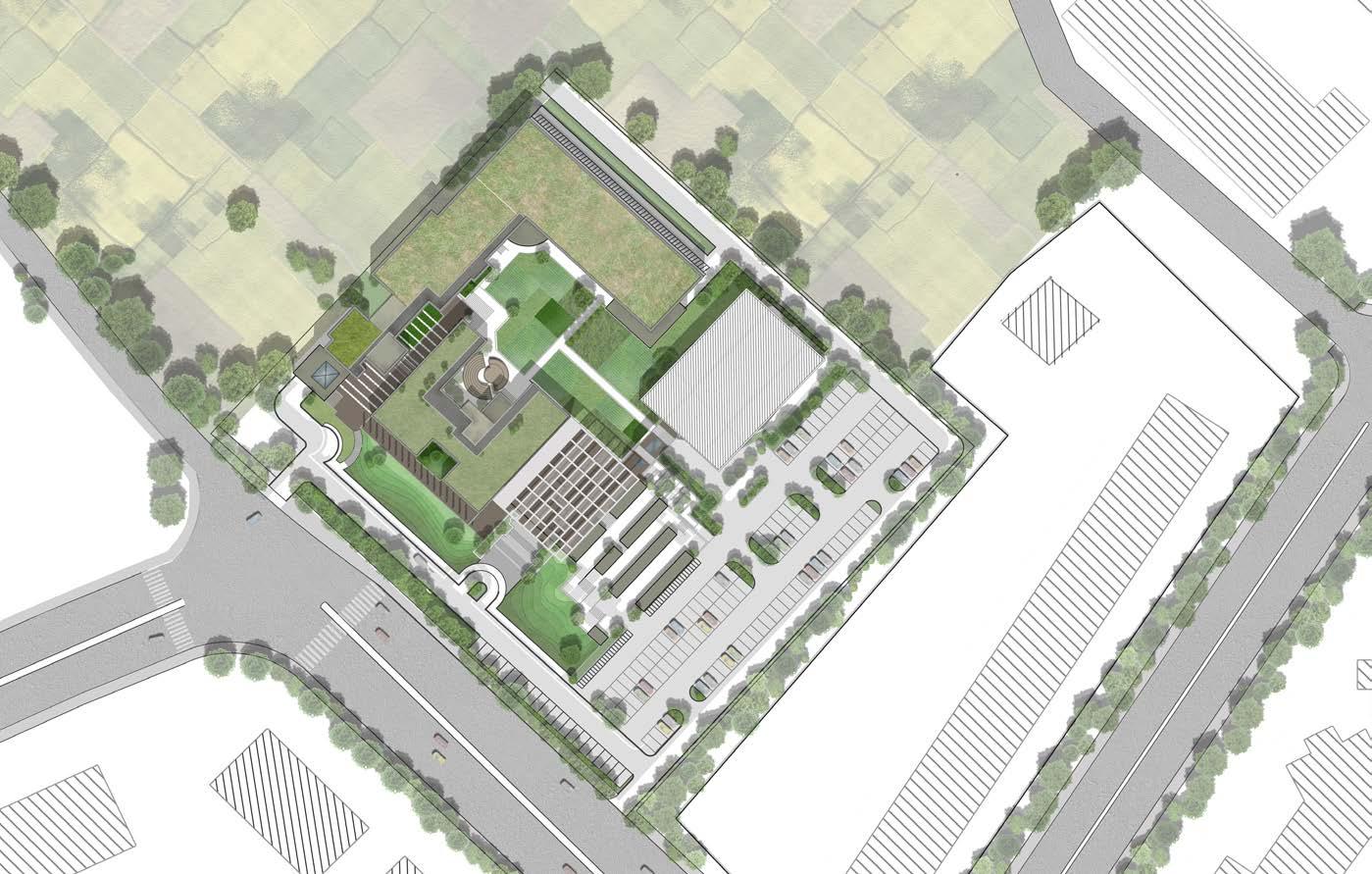
Farmer’s markets connect people to local farmers, creating a sense of community between rural and urban.
The proposed Center for Sustainable Food and Agriculture envisions a place where researchers, farmers and the community work for the economic, social, and ecological benefits of a regional food system.
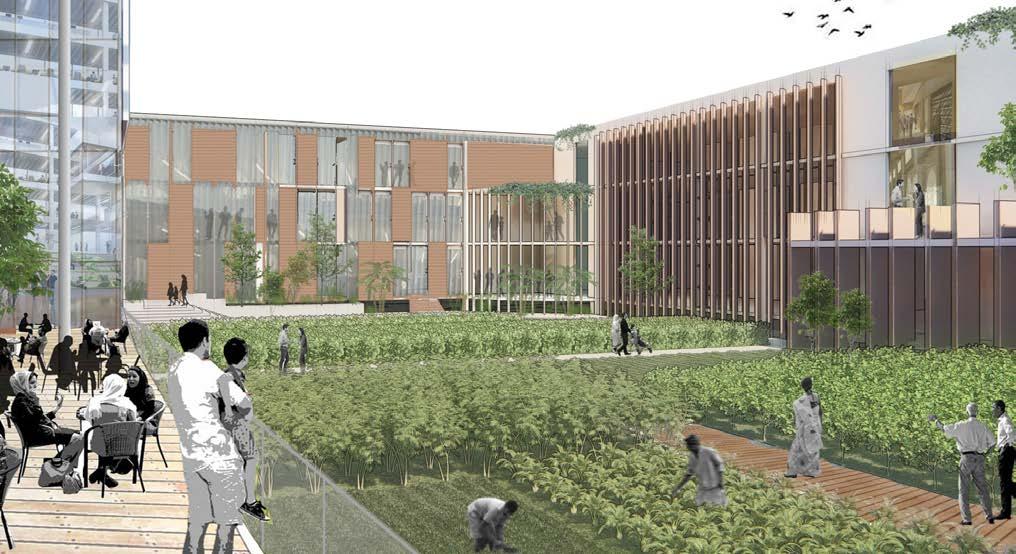
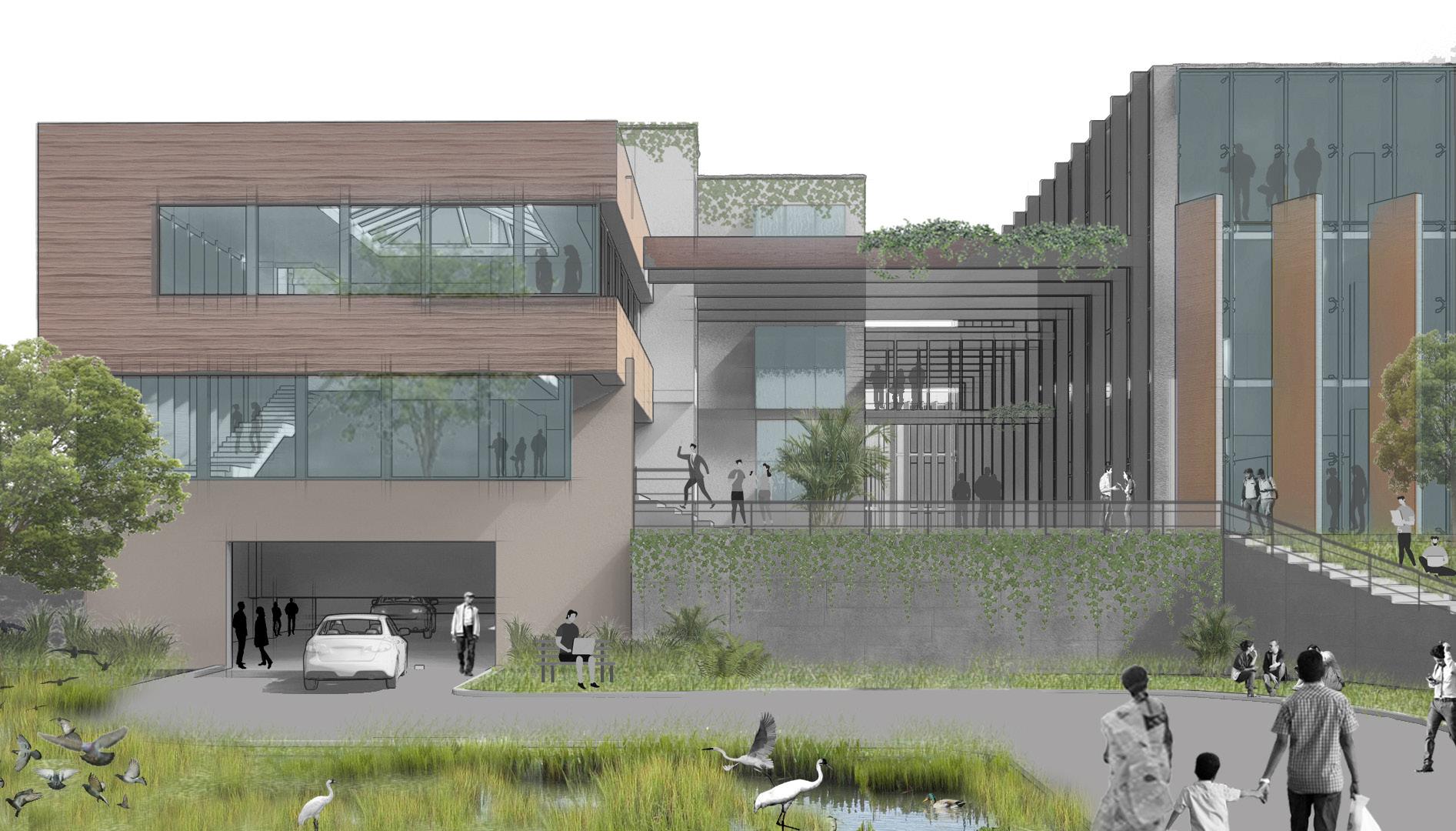
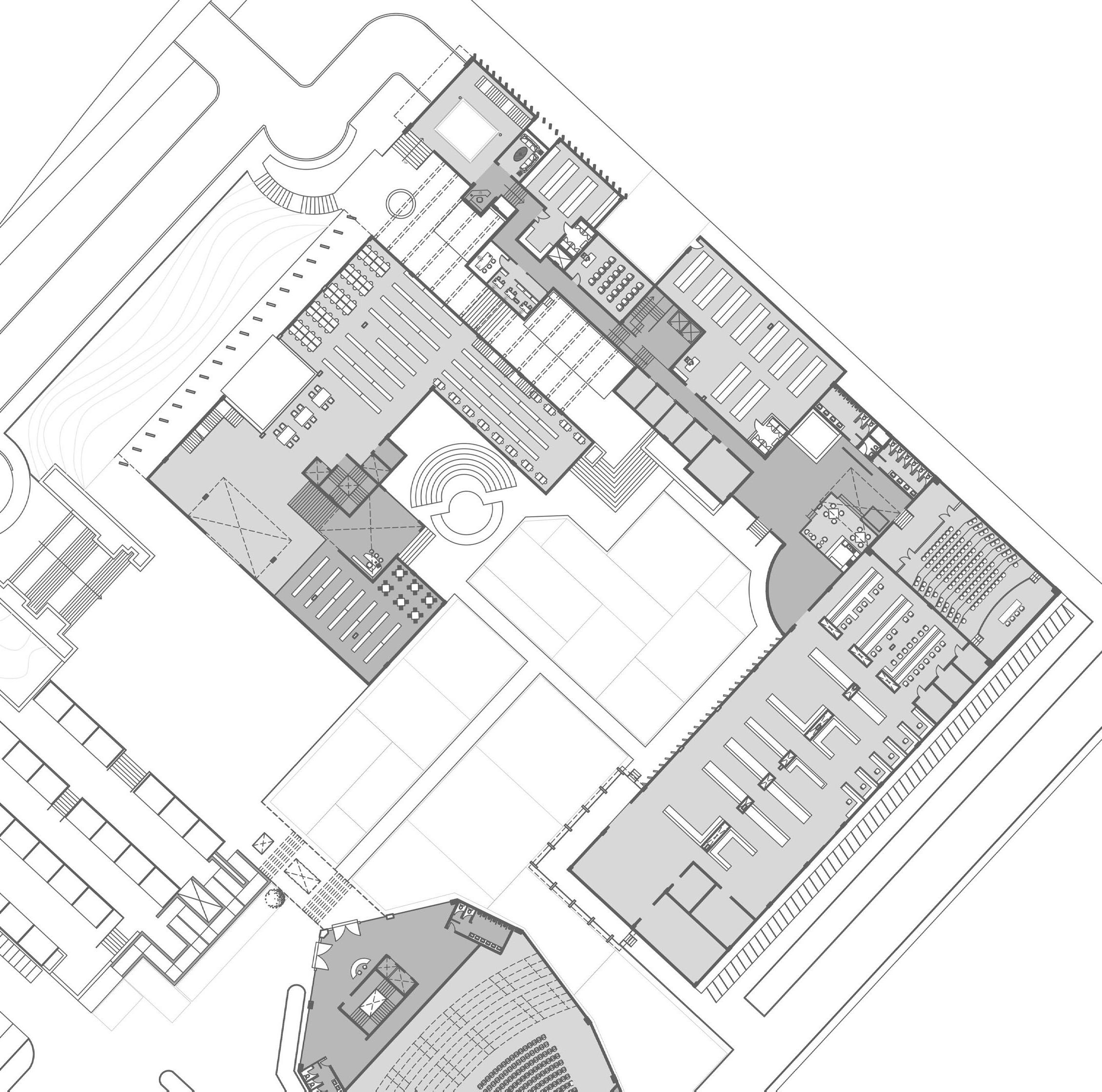
The site of approx 4 acres is located between Sabzi Mandi railway station and Pratap nagar metro station. The area nearby consists of different residential typologies and have adapted to the site differently.
The proposal focused in helping to connect the communities and also work for the betterment of the people and the commuters. A mixed use intervention works towards serving to different needs of different sections of the society and helps in bringing them together as a community.






